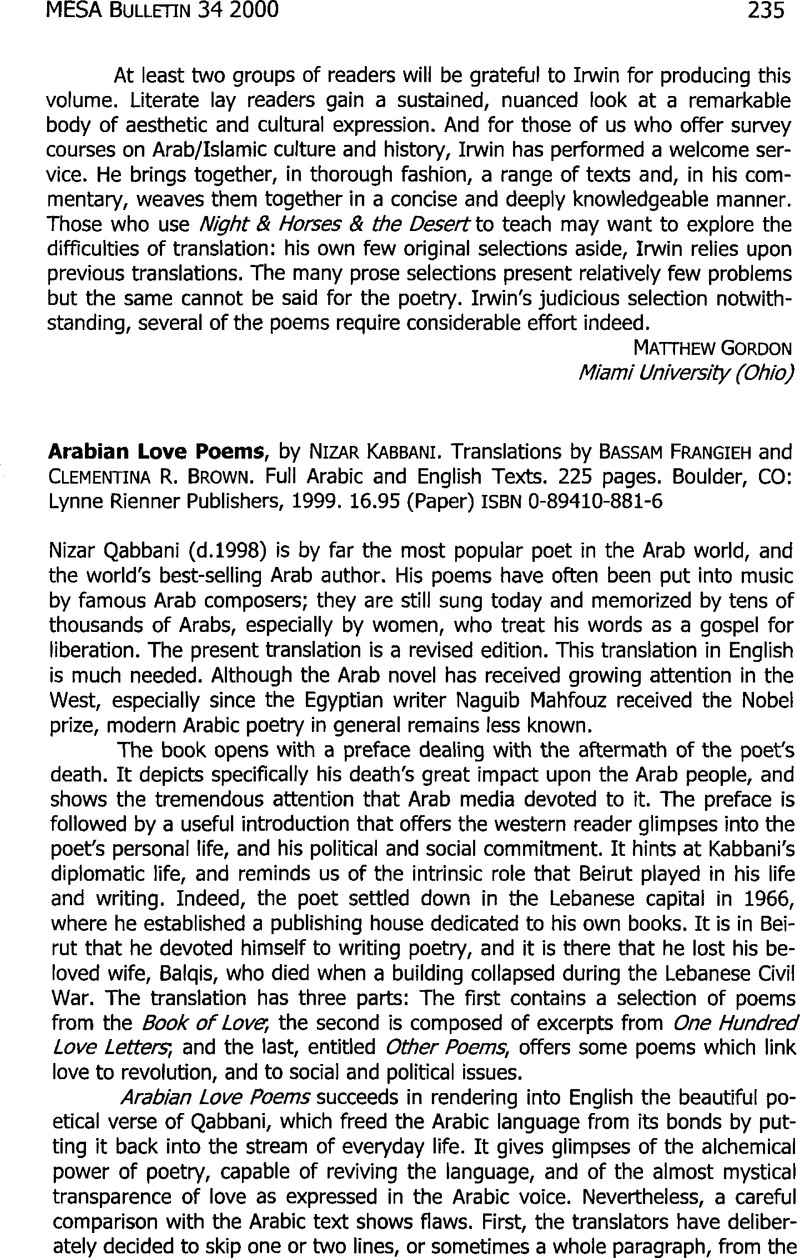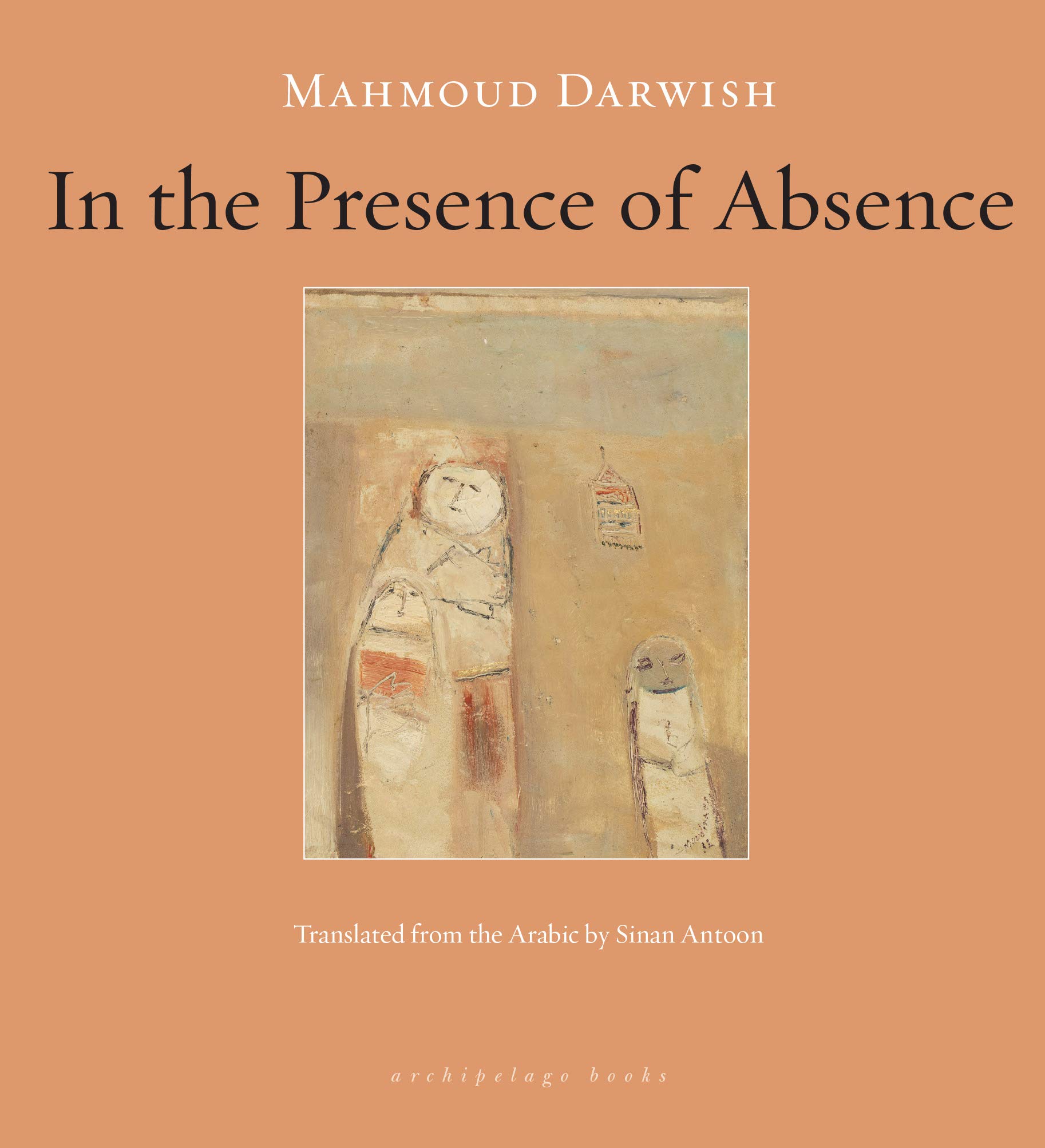
Writing love poems for Valentines Day allows an individual to express his or her emotions in a prepared way. Arabic poetry: Join me on a journey of discovery through Arabic poetry.A collection of the most famous arabic love poems, with music included, created by samirah allali from morocco Love Poems Provide a Personal Touch to Any Valentine. 100 arabic love poems - Angelfire: A collection of the most famous arabic love poems, with music included, created by samirah allali from morocco. Arabian Love Poems by Nizar Qabbani Reviews, Discussion. It is termed Umar, named for the poet Umar ibn Ab Rabah , whose poems reveal much closer contact with the beloved and reflect a strongly narcissistic attitude on the part of the poem’s speaker.Layla & Majnun ( Arabic: مجنون ليلى Majnūn Laylā, 'Layla's Mad Lover' ) is an old story of Arabic origin, about the 7th-century Najdi Bedouin poet Qays ibn al-Mulawwah and his ladylove Layla bint Mahdi (later known as Layla al-Aamiriya). Imru al-Qays poem is a clear precedent to another strand of love poetry that emerged in Arabia’s urban centres (including the city of Mecca) early in the Islamic era.
Lord Byron called it "the Romeo and Juliet of the East." It has been a while since we last read any Arabic poetry Today we are going to read a poem by the great Arab poet Nizar Qabbani. It is a popular poem praising their love story. "The Layla-Majnun theme passed from Arabic to Persian, Turkish, and Indian languages", through the narrative poem composed in 584/1188 by the Persian poet Nizami Ganjavi, as the third part of his Khamsa.

Subsequently, many other Persian poets imitated him and wrote their own versions of the romance. Nizami collected both secular and mystical sources about Majnun and portrayed a vivid picture of the famous lovers. The anecdotes are mostly very short, only loosely connected, and show little or no plot development.
The number and variety of anecdotes about the lovers also increased considerably from the twelfth century onwards. The popularity of the romance following Nizami's version is also evident from the references to it in lyrical poetry and mystical mathnavis—before the appearance of Nizami's romance, there are just some allusions to Layla and Majnun in divans. Sir William Jones published Hatefi's romance in Calcutta in 1788. 1520), and Fuzûlî (d.1556), which became popular in Ottoman Turkey and India. Other notable reworkings are by Maktabi Shirazi, Hatefi (d. Many imitations have been contrived of Nizami's work, several of which are original literary works in their own right, including Amir Khusrow Dehlavi's Majnun o Leyli (completed in 1299), and Jami's version, completed in 1484, amounts to 3,860 couplets.

It is narrated by a woman that Qays died in the year 68 AH (corresponding to 688 AD), and he was found lying among stones (where Layla was buried) while he was dead, and his body was carried to his family.Layla's lineage is: Laylā bint Mahdī bin Saʿd bin Muzahim bin ʿAds bin Rabīʿah bin Jaʿdah bin Ka'b bin Rabīʿah bin Hawāzin bin Mansūr bin ʿAkramah bin Khaṣfah bin Qays ʿAylān bin Muḍar (bin Nizār bin Maʿad bin ʿ Adnan).ليلى بنت مهدي بن سعد بن مزاحم بن عدس بن ربيعة بن جعدة بن كعب بن ربيعة بن عامر بن صعصعة بن معاوية بن بكر بن هوازن بن منصور بن عكرمة بن خصفة بن قيس عيلان بن مضر بن نزار بن معد بن عدنانLayla was born around 648 AD (AH 28 in the Hijri) in the Najd, where the date of death unknown, during the succession of the fourth Umayyad caliph Marwan I and the fifth Umayyad caliph Abd al-Malik ibn Marwan in the 1st century of the Hijri in the Arabian Desert.Layla is born four years after Qays in a town called an-Najūʿ( النجوع) in the tribe of Banu Amir of Qays of the Hawāzin, which the town is later called by her name " Layla" today, and is also the capital of Al-Aflaj Province in Riyadh Region.Jabal Al-Toubad ( جبل التوباد), the hill where the story of Qays and Layla is witnessedIt is believed by narration that Qays and Layla is born in the province of Al-Aflaj in Saudi Arabia and where the town of "Layla" has descended from also.Jabal Al-Toubad ( جبل التوباد), located in the city of Al-Aflaj, which in turn is located 350 km southwest of the city of Riyadh in Saudi Arabia. Their lineage is narrated from Arabic records as follows:Qays' lineage is: Qays bin Al-Mulawwah bin Muzahim bin ʿAds bin Rabīʿah bin Jaʿdah bin Ka'b bin Rabīʿah bin ʿĀmir ibn Ṣaʿṣaʿa bin Muʿawiyah bin Bakr bin Hawāzin bin Mansūr bin ʿAkramah bin Khaṣfah bin Qays ʿAylān bin Muḍar bin Nizār bin Maʿad bin ʿ Adnan.He is the ʿĀmirī (descended from Banu Amir) of the Hawāzin ( العامري الهوازني, al-ʿĀmirī 'l-Hawāzinī).قيس بن الملوّح بن مزاحم بن عدس بن ربيعة بن جعدة بن كعب بن ربيعة بن عامر بن صعصعة بن معاوية بن بكر بن هوازن بن منصور بن عكرمة بن خصفة بن قيس عيلان بن مضر بن نزار بن معد بن عدنانQays was born around 645 AD (AH 24 in the Hijri) in the Najd till his death around 688 AD (AH 68 in the Hijri) during the succession of the fourth Umayyad caliph Marwan I and the fifth Umayyad caliph Abd al-Malik ibn Marwan in the 1st century of the Hijri in the Arabian Desert.Qays is one of the two Al-Qaisayn poets Al-Mutaymīn ( Arabic: المتيمين), and the latter is Qays bin Dharīḥ ( قيس بن ذريح), dubbed " Majnūn Lubna ( مجنون لبنى)". Therefore, they are all are descendants of Adnan, who is Ishmaelite Arab descendant of Prophet Isma'il ( Ishmael), son of Ibrahim ( Abraham).
His unselfconscious efforts to woo the girl caused some locals to call him "Majnun." When he asked for her hand in marriage, her father refused because it would be a scandal for Layla to marry someone considered mentally unbalanced. He soon began composing poems about his love for her, mentioning her name often. This hill witnessed the love story of Qais bin al-Mulawwah and his cousin Laila al-Amiriya, that was in the 65th year of the Hijri (685 AD) during the reign of the Umayyad caliph Abd al-Malik bin Marwan.The Persian poet Nasir Khusraw traveled and visited both the town "Layla" in the 5th century AH (1009 CE – 1106 CE) and described the town accurately which in presence of the hill Jabal Al-Toubad, and described the misery that it had turned into as he spent a few months there, which the situation in the region changed after was overwhelmed by poverty, internal strife and insecurity.A Mughal miniature of Amir Khusro's version Walters Art MuseumQays ibn al-Mullawah fell in love with Layla al-Aamiriya.
In some versions, Layla dies of heartbreak from not being able to see her would-be lover. He could sometimes be seen reciting poetry to himself or writing in the sand with a stick.Layla is generally depicted as having moved to a place in Northern Arabia with her husband, where she became ill and eventually died. His family eventually gave up hope for his return and left food for him in the wilderness. The Arabs called him Ward, meaning "rose" in Arabic.When Majnun heard of her marriage, he fled the tribal camp and began wandering the surrounding desert. He was described as a handsome man with reddish complexion whose name was Ward Althaqafi.
Other famous virgin love stories set in Arabia are the stories of Qays and Lubna, Kuthair and Azza, Marwa and Al Majnoun Al Faransi, and Antara and Abla. This type of love is known as "virgin love" because the lovers never marry or consummate their passion. Most of his recorded poetry was composed before his descent into madness.It’s not Love of the town that has enraptured my heartBut of the One who dwells within this townIt is a tragic story of undying love much like the later Romeo and Juliet. He had carved three verses of poetry on a rock near the grave, which are the last three verses attributed to him.Many other minor incidents happened between his madness and his death.



 0 kommentar(er)
0 kommentar(er)
